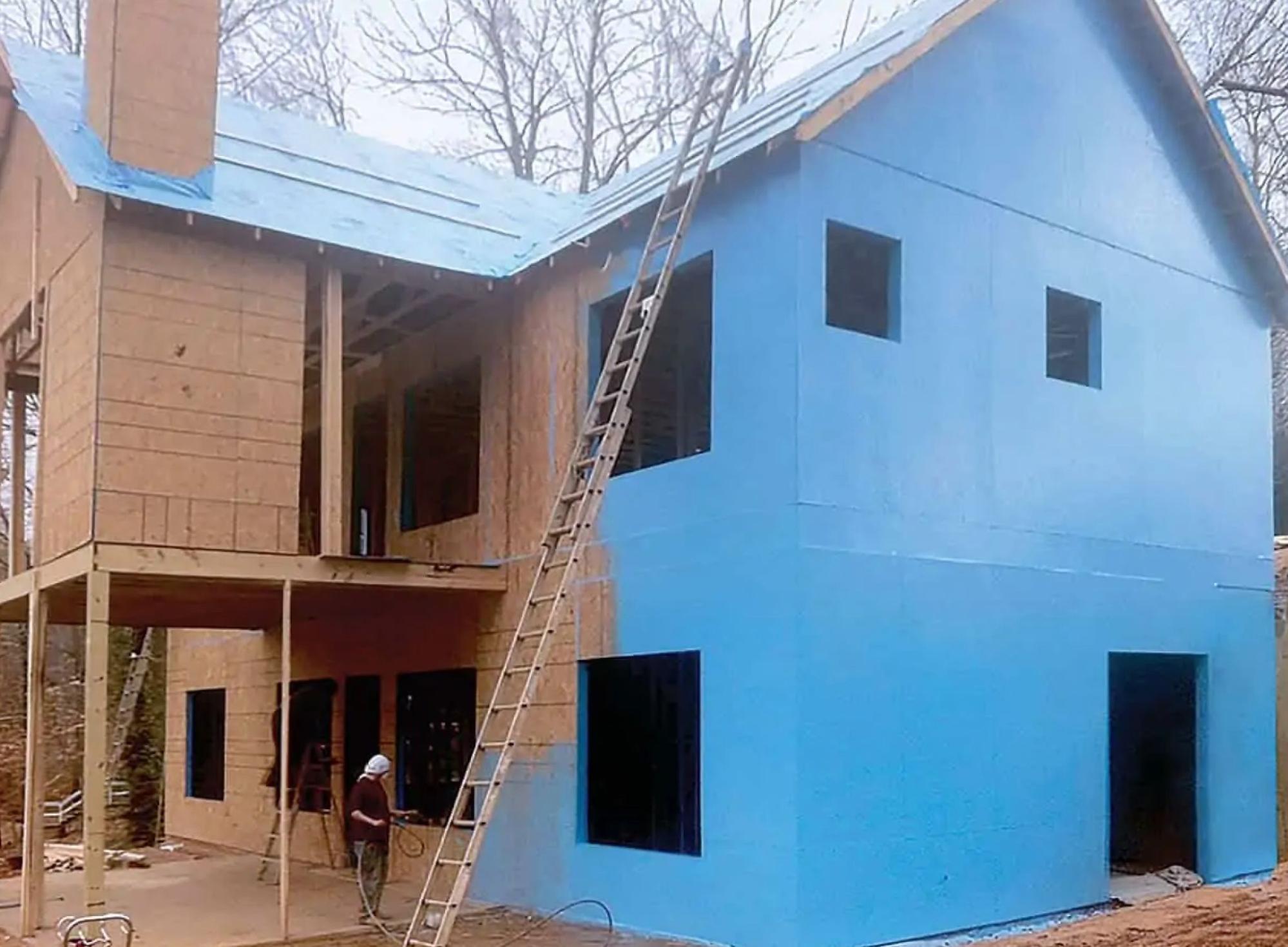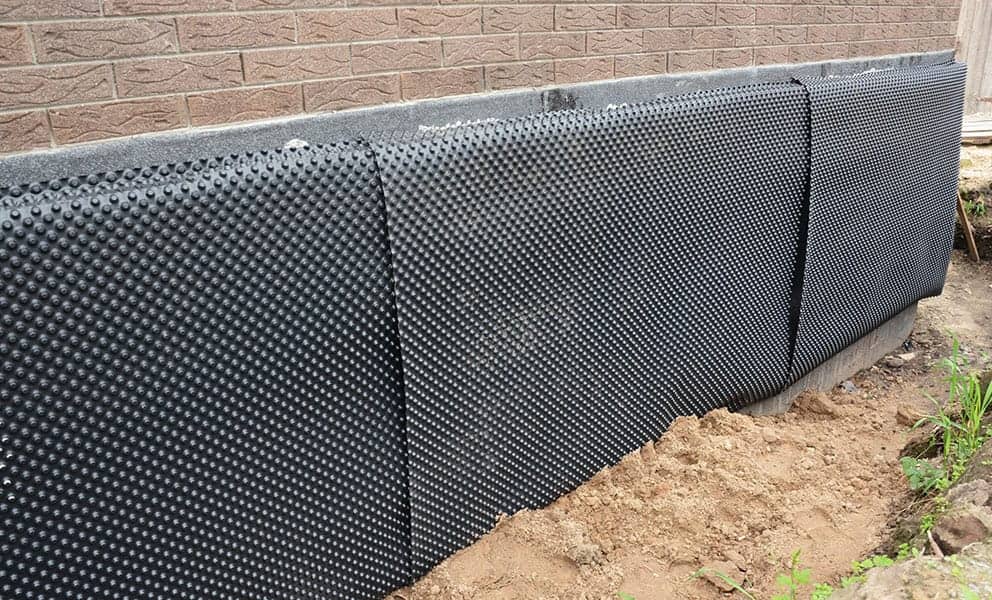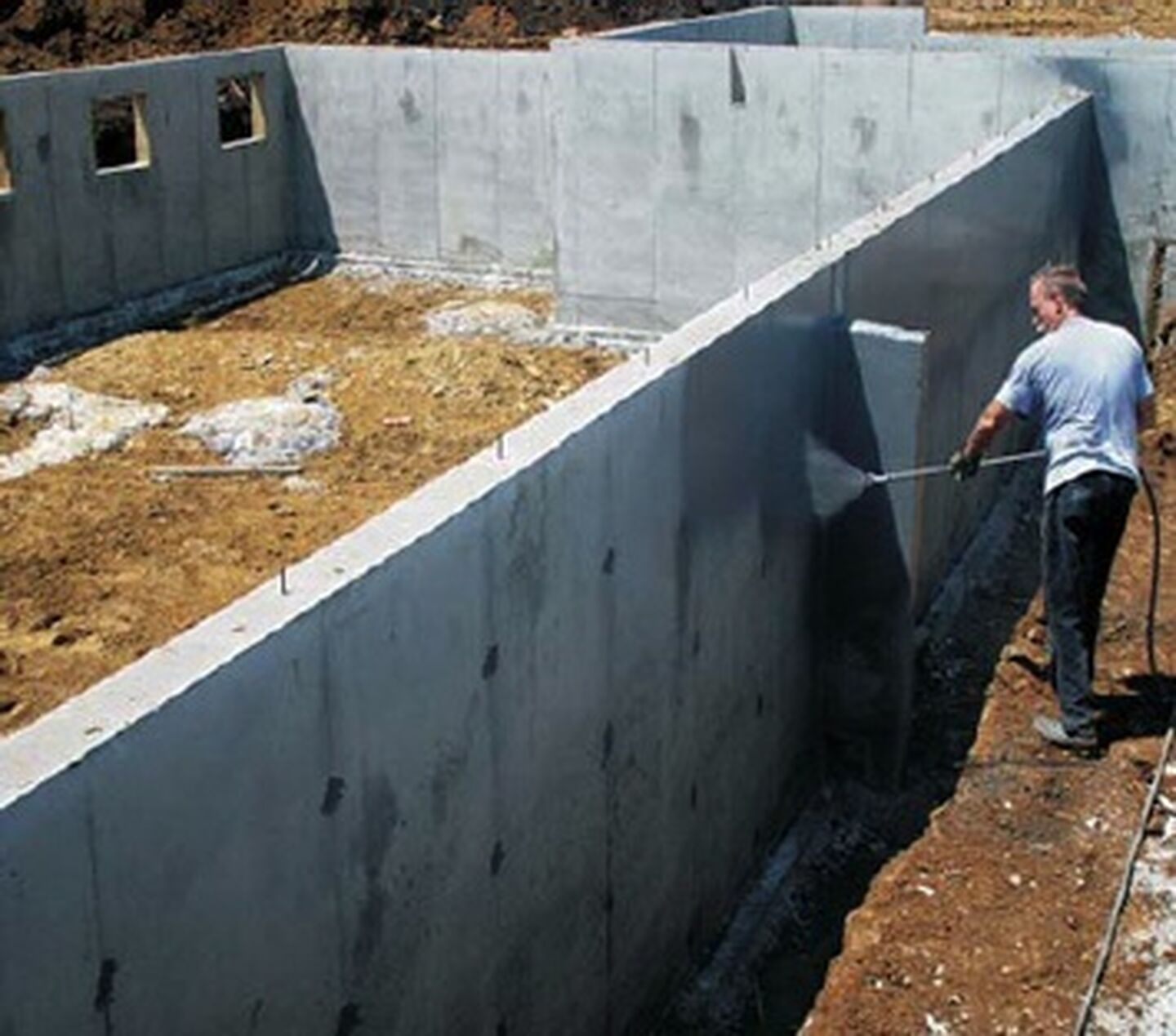Hidden signs you need damp proofing newcastle services now
Wiki Article
Discovering the Different Strategies and Solutions for Effective Damp Proofing
Wetness in structures poses substantial difficulties to both structural integrity and interior air quality. Different techniques and solutions have arised to combat this prevalent concern. From conventional damp-proof membrane layers to cutting-edge chemical therapies, each approach uses distinct advantages. Understanding these choices is important for efficient dampness control. Choosing the best option depends on specific building problems and requirements, motivating more expedition right into the most reliable wet proofing approaches available.Recognizing the Sources Of Moisture
Wetness can emerge from various sources, recognizing these causes is crucial for effective removal. Frequently, moisture stems from 3 key sources: climbing moist, penetrating moist, and condensation. Climbing moist happens when groundwater travels upwards with porous materials, such as block or rock, often because of a lack of an effective obstacle (damp specialist newcastle). Penetrating damp is generally triggered by outside aspects, consisting of roofing leaks, malfunctioning gutters, or harmed walls, permitting water to infiltrate a property. Condensation, on the other hand, results from excess moisture airborne, frequently aggravated by inadequate air flow and temperature level differences, bring about water beads forming on surfaces. Determining these underlying issues is essential, as each sort of moisture calls for a customized method for removal. Appropriate assessment helps in identifying the most efficient remedies, inevitably guarding the architectural integrity of a building and improving interior air high qualityStandard Damp-Proof Membrane Layers

Chemical Damp-Proofing Solutions
Chemical damp-proofing options offer an innovative method to stopping dampness breach in structures. These techniques commonly entail the application of liquid chemicals that penetrate stonework and create a barrier versus rising wet. Typically made use of chemicals consist of silanes, siloxanes, and various other water-repellent agents that react with surface materials to produce a hydrophobic layer.The application procedure normally requires drilling openings into the walls, injecting the chemical option, and enabling it to cure. This method is specifically beneficial for older frameworks where traditional damp-proof membranes might be unwise. Moreover, chemical damp-proofing can be less disruptive and more cost-effective than considerable renovation projects.While reliable, these remedies rely on appropriate application and environmental conditions for peak efficiency. Regular upkeep and tracking are vital to ensure the longevity of the damp-proofing treatment. In general, chemical damp-proofing represents a versatile alternative for protecting buildings versus moisture-related damagesDental Caries Wall Building Methods
Cavity wall surface building strategies provide numerous benefits, specifically in wetness control and energy effectiveness. By incorporating an air space between 2 layers of stonework, these wall surfaces efficiently minimize water ingress while improving insulation. This mix not just secures structures from dampness yet likewise adds to lowered power consumption.Advantages of Cavity Walls
When thinking about efficient damp proofing techniques, the advantages of tooth cavity wall surfaces stand apart prominently. Tooth cavity wall surfaces contain two separate layers, creating an air void that successfully decreases dampness infiltration. This layout lessens the threat of wetness, as the external wall surface works as a barrier versus rain and water access. Additionally, cavity walls improve thermal insulation, which adds to power efficiency by reducing warmth loss. They also offer audio insulation, assisting to develop a quieter interior environment. Additionally, the air space enables ventilation, which assists in wetness control and minimizes the possibility of mold and mildew growth. These advantages not just enhance the general convenience of a structure however also contribute to its longevity and architectural integrity.Dampness Control Strategies
Effective wetness control approaches are important in dental caries wall surface building to assure long-lasting security versus moisture. One main technique involves the consolidation of weep holes, which promote water drainage from the cavity, stopping buildup. Additionally, the usage of breathable membrane layers can aid take care of moisture degrees while permitting trapped vapor to get away. Correct positioning of insulation is additionally vital, as it must not block drainage courses. Guaranteeing that the external fallen leaves of the dental caries wall surface are built with waterproof products improves total longevity. Regular maintenance checks are important to recognize any kind of obstructions or damage early, securing the framework's honesty. Eventually, a combination of these strategies develops a robust protection against moisture breach in cavity wall surfaces.
Insulation and Energy Performance
Insulation plays a vital function in boosting power performance within cavity wall building. By including insulating materials, these wall surfaces develop a thermal obstacle that decreases warmth loss and reduces power usage. Efficient insulation not only aids preserve a secure indoor temperature level yet likewise alleviates the danger of moisture, as it prevents condensation within the wall cavity. Numerous techniques, such as making use of rigid foam boards or mineral woollen, can be employed to attain perfect insulation efficiency. Furthermore, correct installment is crucial to ensure that voids and spaces are minimized, which can or else jeopardize energy performance. Ultimately, a well-insulated tooth cavity wall surface adds considerably to general sustainability and reduces heating & cooling prices for home owners.Exterior Damp Proofing Approaches
Outside wet proofing methods are important for protecting structures from moisture seepage. 2 reliable techniques include the application of waterproof membranes and the installation of French drains pipes. These remedies aid alleviate water build-up and protect the honesty of buildings.Waterproof Membrane Application
While numerous approaches exist for protecting against dampness ingress, the application of water resistant membranes continues to be an extremely effective outside wet proofing method. These membrane layers are usually made from products such as polyethylene, rubber, or changed asphalt, providing a durable barrier versus water penetration. The installment procedure involves applying the membrane to the exterior surfaces of wall surfaces or foundations, making sure complete protection to stop leaks. Appropriate attachment and securing at joints are important to making best use of performance. Water resistant membrane layers can be used in various forms, including liquid layers and sheet membranes, permitting for flexibility based on the particular needs of the structure. This technique not just protects structures from wetness however likewise improves their long life and structural stability.French Drainpipe Installation
One effective approach for managing groundwater and preventing moisture accumulation around a building's foundation is the installation of a French drain. This drainage system consists of a trench loaded with crushed rock and a perforated pipeline that reroutes surface area water far from the foundation. Appropriate setup requires mindful preparation, making certain that the drain slopes away from the framework to assist in excellent water flow. In addition, the area of the drainpipe is crucial; it needs to be positioned in locations vulnerable to merging or excess wetness. Normal maintenance, consisting of clearing up debris from the gravel and making certain the pipeline continues to be unobstructed, is crucial for long-lasting effectiveness. Inevitably, a well-installed French drain can substantially minimize the threat of water-related concerns in basements and structures.Interior Waterproofing Techniques
Interior waterproofing techniques are important for protecting a structure's interior from dampness seepage and possible water damages. These approaches commonly include the application of customized materials and strategies developed to create a moisture obstacle within the structure. One common technique is the use of waterproof finishes or sealants on walls and floorings, which stop wetness from penetrating surfaces.Additionally, setting up indoor drain systems, such as sump pumps, can successfully take care of water accumulation in cellars and creep spaces. Another approach entails making use of vapor obstacles, which are set up to prevent dampness activity from the ground into living spaces.Moreover, resolving any type of splits or voids in walls or foundations with appropriate sealers assures a detailed defense versus water invasion. By executing these indoor waterproofing approaches, homeowner can considerably reduce the threat of mold and mildew development, architectural damages, and various other moisture-related concerns. Appropriate execution of these methods is essential for long-lasting security and building stability.Regular Maintenance and Inspection Practices
Normal upkeep and examination methods are important for ensuring the long-lasting efficiency of wet proofing services in any building. Routine checks make it possible for building proprietors to identify very early signs of wetness intrusion, such as peeling off paint, mold development, and mildewy odors. These indications can signify click here underlying concerns that need prompt attention.Inspections need to be performed at least annually, concentrating on susceptible areas like cellars, creep spaces, and outside walls. During these analyses, homeowner must take a look at sealants, drain systems, and air flow to validate they operate correctly.Additionally, preserving seamless gutters and downspouts is essential, as clogged systems can cause water build-up near the structure. Implementing a routine maintenance routine, along with timely repair work, can considerably extend the life-span of wet proofing measures and safeguard the architectural honesty of the structure. Proactive actions inevitably add to the overall health and safety of the living setting.Regularly Asked Concerns
Just How Long Does Damp Proofing Commonly Last?
The period of wet proofing effectiveness varies, typically lasting in between 20 to half a century. Factors such as application top quality, environmental problems, and maintenance practices considerably influence the durability of the moist proofing treatment.
Can I Damp Evidence My Home Myself?
The private considered the usefulness of do it yourself damp proofing. With appropriate study and the best products, it is feasible. Nevertheless, they additionally identified the significance of professional support to guarantee lasting effectiveness and avoid future issues.What Are the Indications of Inadequate Damp Proofing?
Signs of inefficient wet proofing include consistent moldy odors, visible mold development, peeling paint, moist patches on wall surfaces, and timber degeneration - mould treatment newcastle. Home owners need to attend to these problems quickly to stop further damage and wellness concernsDoes Damp Proofing Affect Indoor Air Quality?

Just How Much Does Professional Damp Proofing Price?
Expert moist proofing costs vary substantially, usually varying from $1,000 to $5,000 depending upon the residential or commercial property's size, the extent of the damp issue, and picked methods. Each scenario requires a customized evaluation for accurate pricing. Typically, moisture stems from 3 main sources: climbing damp, passing through damp, and condensation. When taking into consideration efficient wet proofing approaches, the advantages of dental caries walls stand out prominently. External moist proofing approaches are essential for safeguarding structures from moisture infiltration. While different techniques exist for avoiding moisture access, the application of waterproof membranes continues to be a highly efficient exterior damp proofing strategy. Indications of inadequate moist proofing consist of persistent stuffy smells, visible mold and mildew growth, peeling paint, damp spots on wall surfaces, and timber decay.Report this wiki page